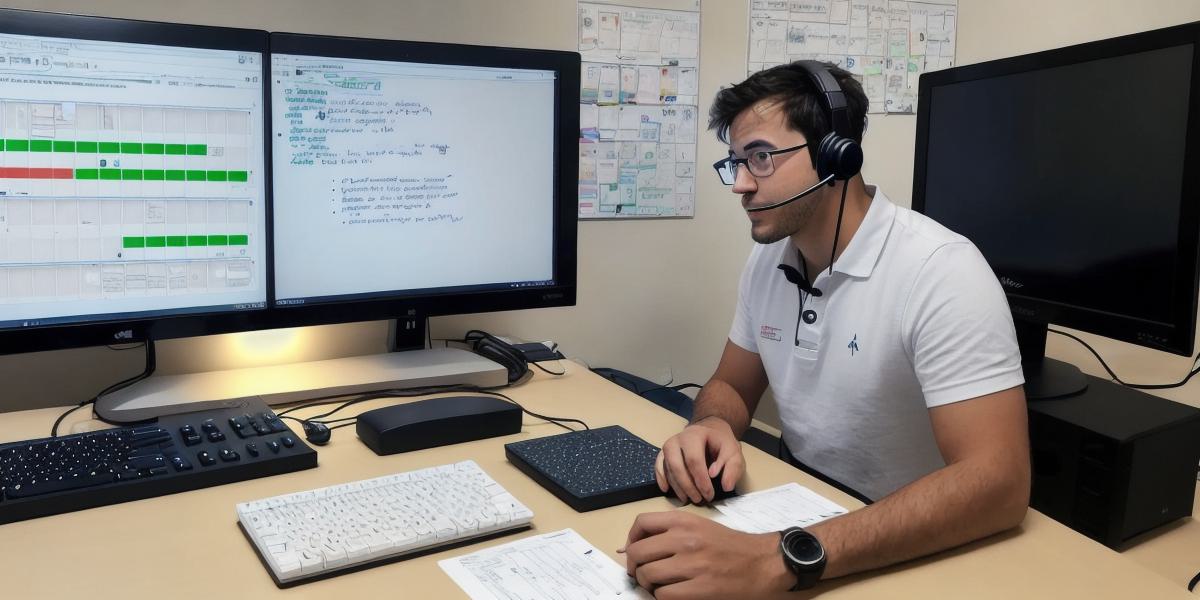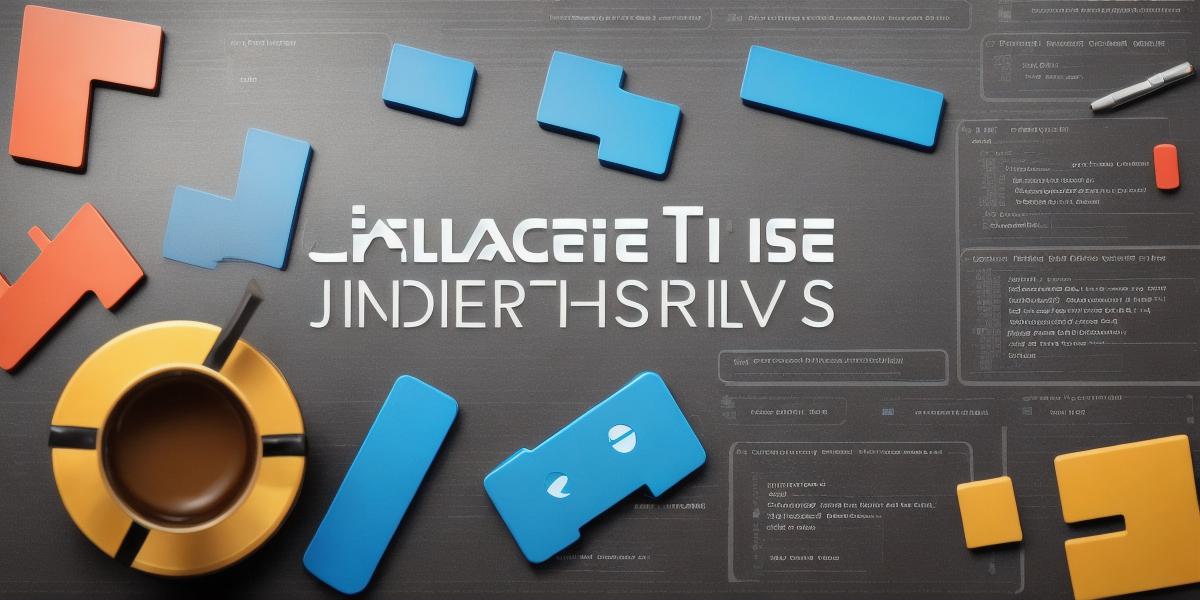The world of video games is constantly evolving, with new technologies and techniques emerging every year. As the complexity of games increases, so does the need for rigorous testing and quality assurance to ensure that they function as intended. In this article, we will explore the essential elements of game development QA and testing in more detail.
Test Planning
The first step in any successful game development project is test planning. Test planning involves identifying the goals, objectives, and scope of the testing process. This includes creating a comprehensive test plan that outlines the specific tests that need to be conducted, as well as the timeline for each test case. Additionally, it’s important to assign tasks to testers who have the necessary skills and experience to execute them effectively.
Test Execution
Once the test plan has been developed, the next step is to execute the test cases. Testers must run the test cases on various platforms and devices to ensure that the game functions as expected. During this process, it’s critical to document any issues or defects found. This documentation will help developers fix the problems before the game is released.
Defect Reporting
Defect reporting involves documenting the issues discovered during test execution. Testers must use various tools to report the defects, such as defect tracking software, email, or spreadsheets. Defect reporting is an essential part of the testing process because it ensures that developers fix the issues before the game is released.
Defect Tracking
After defects have been reported, it’s crucial to track their progress. Developers must monitor the status of each defect and assign it to a team member for resolution. Defect tracking helps ensure that all defects are fixed before the game is released.
Regression Testing
Regression testing involves retesting the game after changes or updates have been made. Testers must ensure that the new features do not introduce any defects or issues in the existing functionality of the game. Regression testing is essential to maintain the stability and reliability of the game.

Continuous Integration and Delivery
Continuous integration and delivery involve integrating code changes into the game continuously and delivering updates to users regularly. This approach ensures that the game remains stable and free from defects. Continuous integration and delivery also allow developers to release new features and enhancements quickly, which can improve user engagement and satisfaction.
Summary
In conclusion, game development QA and testing are critical elements in ensuring the game is free from bugs and glitches before it is released to the public. Test planning, execution, defect reporting, defect tracking, regression testing, and continuous integration and delivery are essential elements of game development QA and testing. By following these best practices, game developers can create high-quality games that meet user expectations and provide a seamless gaming experience.



